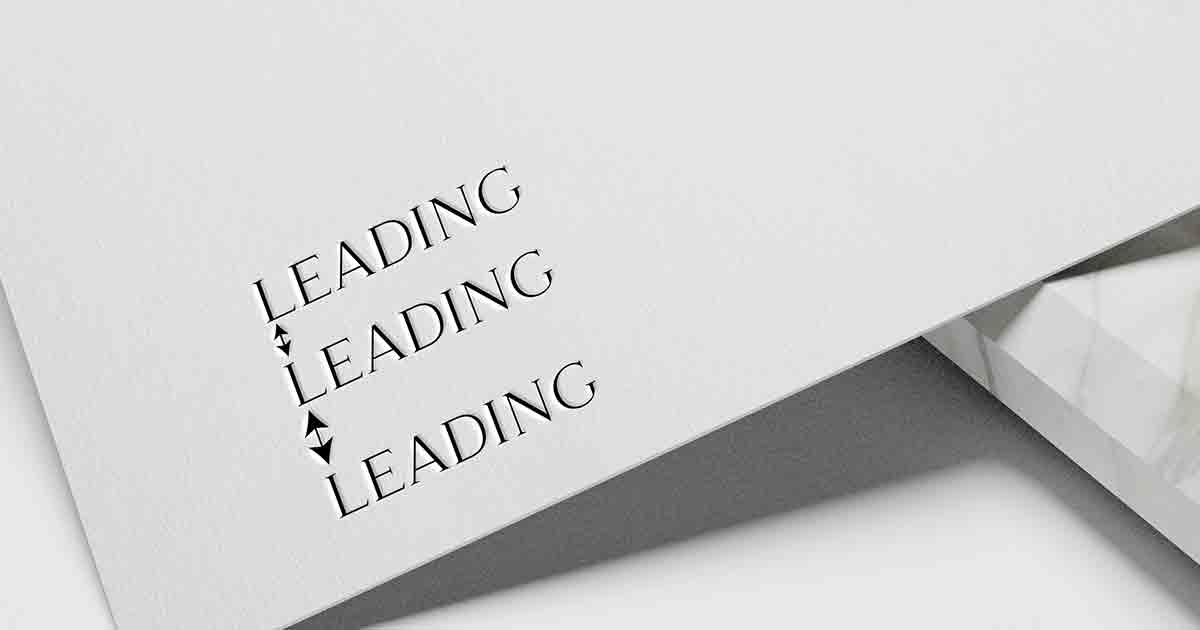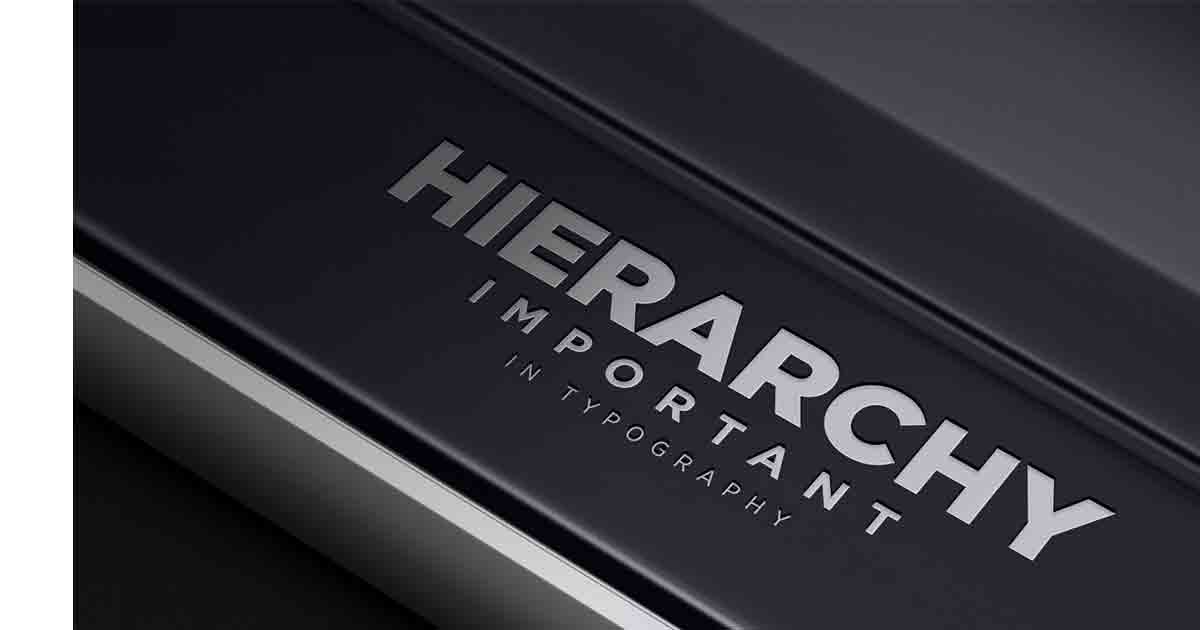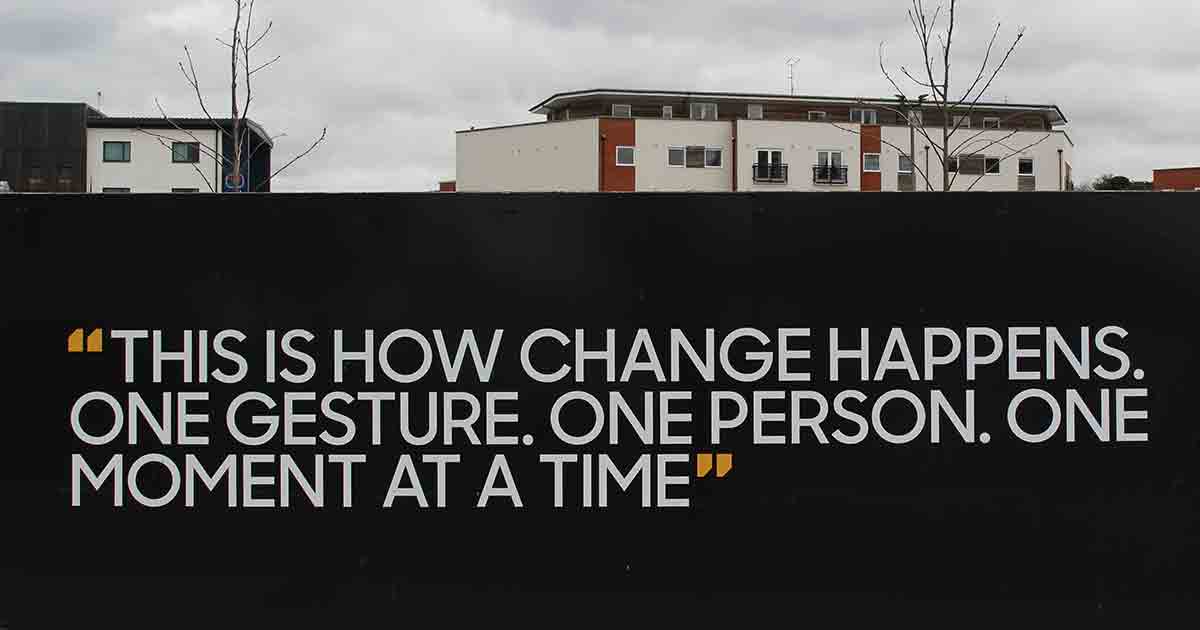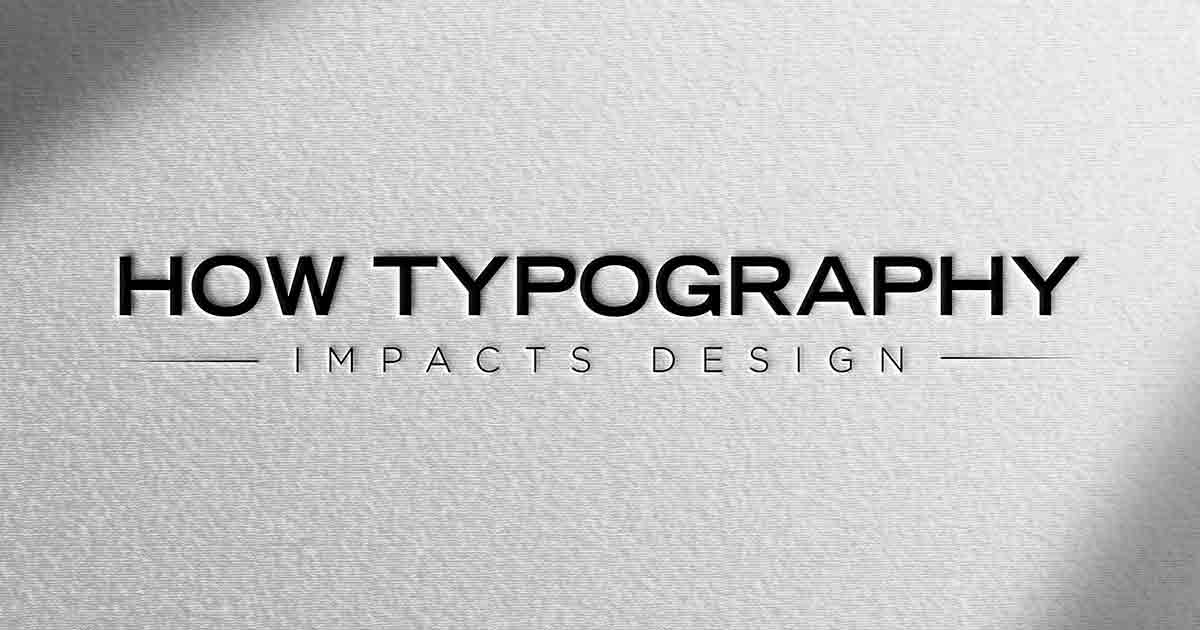The Role of Ligature Fonts in Typography
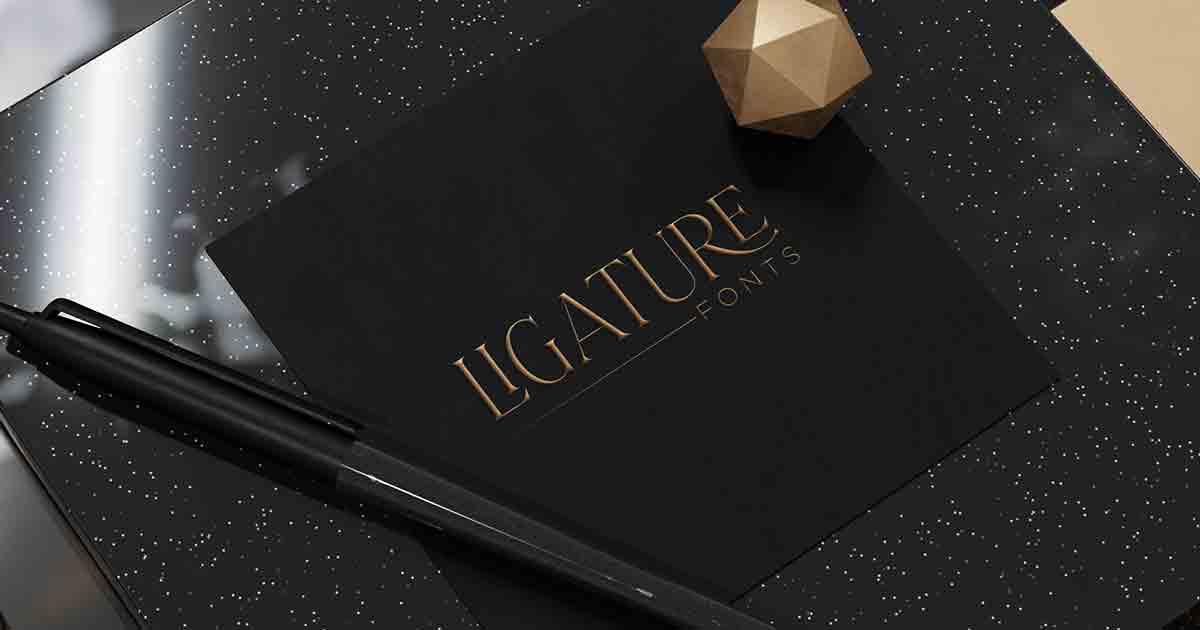
The Role of Ligature Fonts in Typography
The Role of Ligature Fonts in Typography
Typography plays a vital role in the design, serving as the art and technique of arranging type to make written language visually appealing and readable.
It encompasses various elements, including fonts, spacing, and layout.
One aspect of typography that adds a touch of elegance and sophistication to text is the use of ligature fonts.
In this article post, we will analyze the role of ligature fonts in typography, their impact on design, and their importance in creating memorable user experiences.
Introduction
Typography is creating a written language that is readable and visually captivating.
It helps to convey meaning, evoke emotions, and establish a unique brand identity.
Ligature fonts are an essential element of typography that adds a special touch to text by merging certain characters into a single, aesthetically pleasing glyph.
They have gained popularity among designers and typographers for their ability to enhance readability, aesthetics, and brand recognition.
Understanding Ligature Fonts
Ligatures refer to combining two or more characters into a single interconnected glyph.
In typography, ligature fonts involve replacing specific character combinations, such as “fi,” “fl,” or “ae,” with a visually cohesive ligature glyph.
Ligature fonts can be broadly categorized into standard ligatures and discretionary ligatures.
The font automatically applies standard ligatures when certain character combinations occur, while discretionary ligatures require manual selection.
Ligature fonts include popular typefaces like Adobe Caslon, Garamond, and Bickham Script.
These fonts exhibit a harmonious flow between characters, eliminating unwanted gaps and improving overall legibility.
Enhancing Readability and Aesthetics
- One of the primary benefits of using ligature fonts is the improvement in readability and aesthetics.
- By replacing specific character combinations with ligature glyphs, ligature fonts ensure better letter spacing and eliminate awkward spacing issues that can occur in certain character combinations.
- This results in a more pleasing reading experience for the audience.
- Ligature fonts enhance the overall visual appeal of the text.
- The corresponding ligature glyphs create a sense of flow, guiding the reader’s eyes smoothly across the words.
- This flow not only adds elegance but also helps to maintain the reader’s engagement with the content.
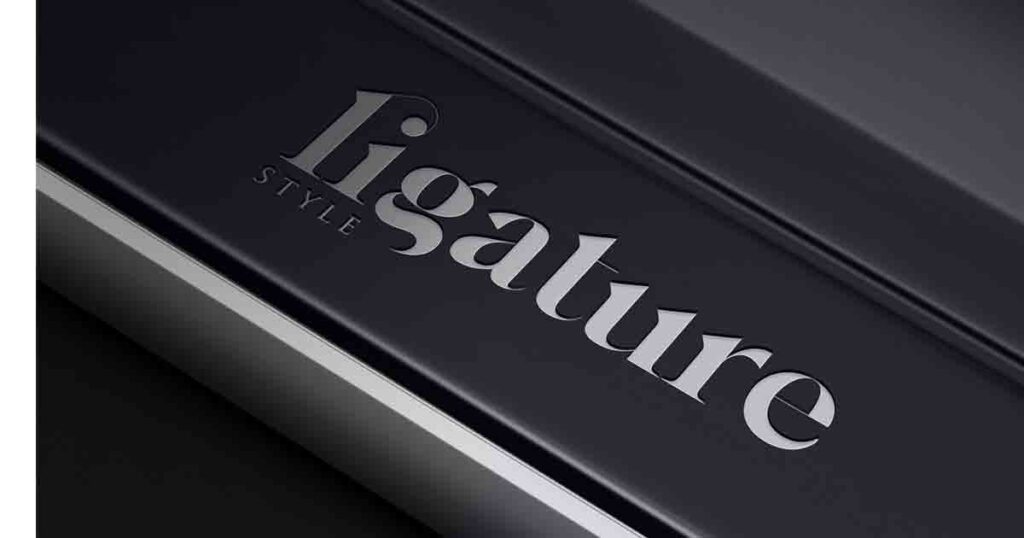
Conveying Emotions and Style
Ligature fonts offer designers a powerful tool to convey specific emotions and styles through typography.
By carefully selecting ligature fonts, designers can evoke a wide range of emotions and set the tone for the overall design.
For instance, ligature fonts with intricate and ornate ligatures can add elegance and sophistication to text.
These fonts are often used in luxury brand identities or formal invitations.
Ligature fonts with playful ligatures can inject fun and quirkiness into a design, making it suitable for children’s books or creative projects.
Boosting User Experience and Engagement
In the digital age, where content consumption primarily happens on screens, ligature fonts are crucial in enhancing user experience and engagement.
Designers can improve readability on digital platforms by carefully selecting and implementing ligature fonts.
Ligature fonts help differentiate and highlight essential text sections, making it easier for users to scan and comprehend the content.
The visually appealing ligature glyphs also make the text stand out and leave a memorable impression on the audience.
Ligature fonts aid in establishing visual hierarchy in user interfaces.
By utilizing ligature fonts for headings and subheadings, designers can create a clear distinction between different sections, facilitating more straightforward navigation and comprehension for users.
Impact on Branding and Marketing
Establishing a strong brand presence is crucial for every business, and ligature fonts play a significant role in establishing and maintaining brand identity.
Designers can create consistent visual language across various touchpoints by selecting ligature fonts that align with the brand’s personality and values.
Ligature fonts contribute to enhancing brand recognition.
When used consistently across different marketing materials, such as logos, websites, and advertisements.
Using ligature fonts helps craft a distinctive brand identity that resonates with the audience.
Ligature fonts allow brands to create a unique and recognizable typographic style that differentiates them from competitors.
This uniqueness can reinforce brand positioning and make a lasting impression on potential customers.
Compatibility and Implementation
Before incorporating ligature fonts into design projects, it is essential to consider compatibility and implementation.
Not all software and platforms fully support ligature fonts, so designers must ensure the chosen font is compatible with the intended platform.
Choosing the right ligature font is crucial to maintain consistency and readability across different devices and environments.
It’s recommended to test ligature fonts in various contexts to ensure they display correctly and do not introduce any unintended visual issues.
Implementing ligature fonts can be as simple as selecting the font from the design software’s menu.
However, designers should be mindful of the potential impact on file sizes and web performance, especially when using ligature fonts for web design.
Optimizing file sizes and considering performance implications are essential to maintain fast-loading web pages while delivering a visually pleasing experience.
Ligature Fonts in Various Design Applications
Ligature fonts find applications in various design disciplines, including editorial design, logo design, packaging design, web design, and print design.
The versatility of ligature fonts allows designers to experiment and create unique typographic solutions for different contexts.
In editorial design, ligature fonts can add a touch of elegance and professionalism to magazine layouts or book covers.
They help create a cohesive visual experience that reflects the tone and content of the publication.
Logo design can benefit from ligature fonts by incorporating customized ligature glyphs into the logo mark.
This approach adds a distinctive element representing the brand’s values and creating a memorable brand identity.
In packaging design, ligature fonts can make product names and descriptions more visually appealing and memorable.
The ligature glyphs add an artistic touch that elevates the packaging design and helps the product stand out on shelves.
Web design for desktop and mobile platforms can leverage ligature fonts to enhance readability and create visually engaging interfaces.
Careful selection of ligature fonts ensures a consistent and pleasing typographic experience across different screen sizes and resolutions.
Print design, such as brochures, posters, or business cards, can benefit from ligature fonts to create visually memorable printed materials.
Ligature fonts can add a touch of sophistication or playfulness, depending on the desired design aesthetic.
Future Trends and Innovations
The world of typography is ever-evolving, and ligature fonts continue to evolve alongside it.
New ligature font technologies may emerge as technology advances, allowing for more intricate and customizable ligature designs.
Designers and typographers continually explore experimental and artistic approaches to ligature fonts, pushing the boundaries of what is possible.
These innovative approaches may cause ligature fonts that challenge traditional norms and create unique typographic experiences.
Integration with variable fonts is another exciting development in the world of typography.
Variable fonts allow dynamic adjustments in various typographic attributes, including ligature design.
This flexibility opens new creative possibilities, allowing designers to tailor ligatures to specific contexts or user preferences.
Conclusion
Ligature fonts play a significant role in typography by enhancing readability, aesthetics, and brand recognition.
They contribute to creating visually engaging designs, making text stand out, and leaving a lasting impression on the audience.
Ligature fonts not only improve user experience but also help to establish a consistent brand identity.
As typography continues to evolve, ligature fonts will undoubtedly remain an essential tool for designers seeking to create captivating and impactful visual experiences.
FAQs
Q. What is the difference between a ligature and a font?
A ligature refers to combining two or more characters into a single glyph, while a font encompasses the entire set of characters, symbols, and styles that make up a typeface.
Q. Are ligature fonts compatible with all design software?
Ligature fonts are compatible with most design software.
However, it’s essential to ensure that the chosen software supports ligature font features and that the font is correctly installed.
Q. Can ligature fonts be used for commercials?
Yes, ligature fonts can be used for commercials. However, it’s crucial to review the font license and adhere to any usage restrictions specified by the creator.
Q. How can I create my ligature font?
Creating a ligature font requires expertise in type design software and knowledge of typography principles. Professional type designers use specialized software like Glyphs or FontLab to create ligature fonts.
Q. Are ligature fonts suitable for many designs?
Ligature fonts can be suitable for various design applications, but their suitability depends on the design’s context, target audience, and desired aesthetic.
Choosing ligature fonts that align with the design’s goals and effectively communicate the intended message is essential.
